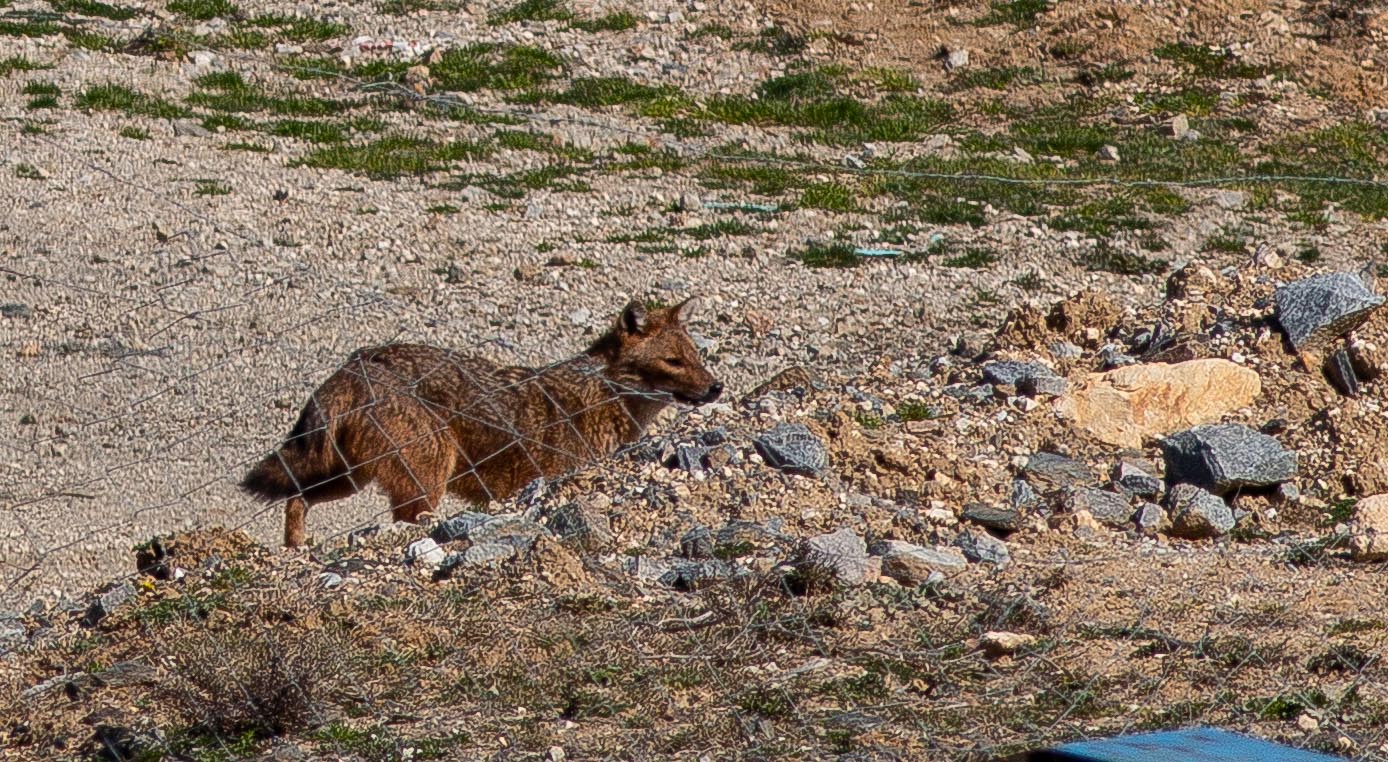2023 was a year full of challenges for at global and national scale. As KAB Ecology, we continued to work...
- 10.06.2022
- Read more
One of the main issues with investigating bird and bat mortality at wind farm sites is the removal of the remains of the dead animal, the “carcass”, by scavengers (such as ravens, jackals or insects) before the human surveyors are able to find and document them. The scavenger activity is one of the reasons that the real number of carcasses at a site is more than what is documented by the researchers.
In order to accurately estimate the rate of mortality for a given period at a project site, it is imperative to know how long on average an animal carcass stays on the ground before it is picked up by the scavengers. Carcass persistency trials are the way we gauge this amount of time that the carcass stays on the ground, which provides the necessary adjustment factors that go into statistical modelling for mortality rate predictions.
The amount of time an animal carcass stays on the ground depends on a few factors, for example:
As you can see, carcass persistence is highly dependent on the unique set of environmental conditions and needs to be determined for each individual site.

Many animals live on project sites whose diets include carcasses. They can be a big influence on how long carcasses persist.
Carcass persistency at a site is determined by randomly distributing a set number of “experimental” carcasses throughout the area. The precise location of each experimental carcass is known by the conductor of the experiment.
After distribution, all of the carcasses are checked for presence/absence at least once per day. From this experiment, the time when the carcass was last seen and the time when the carcass was first noted as absent can be determined. The carcass was removed in this time frame. Checks are conducted until the last experimental carcass is gone. The values from the experimental set allows us to find an average amount of time carcasses can be expected to stay on the ground, or simply the “carcass persistency” factor.
Carcass persistency is highly specific to each site, and in turn is a very important adjustment factor for the statistical model for final mortality estimations.

The carcass persistency trials need to be repeated with the same conductor and surveyors at different seasons to further refine the results for seasonality. Only then we can talk about more powerful mortality predictions.